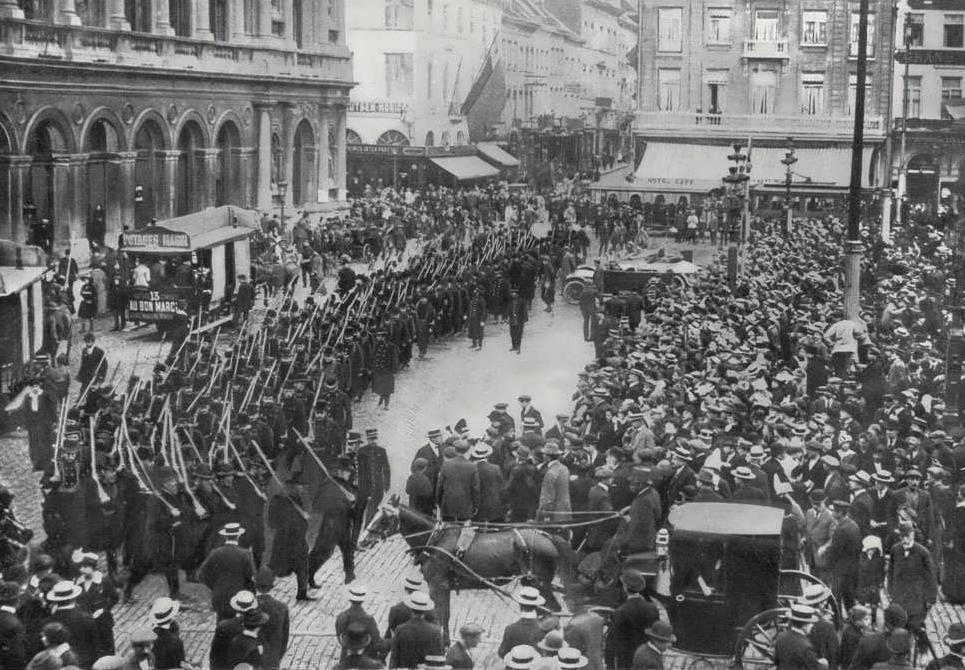
Figure 1.-- Here the Brussels Civic Guard after forming to defend the capital is told to stand down. After the fall of Liège, Brussels could not be defended. The magazine caption read, "The Civic Gusrd about to be Disarmed: Preparations had been made to defend Brussels, but by the afternoon of August 17, it was clear that the city bcould not be held, and the Government was transferred to Antwerp. On the 19th, the Bekgian Army retired from louvain, and thzt night M. Max, the Nurgmaster of Brussels, issued a proclamation that it was to be feared the enemy would occupy the city, and counseling the population to remain calm. On the 20th he went out to visit the German military commandant, and was brusquely informed that if the city unconditionlly surrendered, it would not be bombarded. Upon his return the Civic Guard was disarmed. . |

